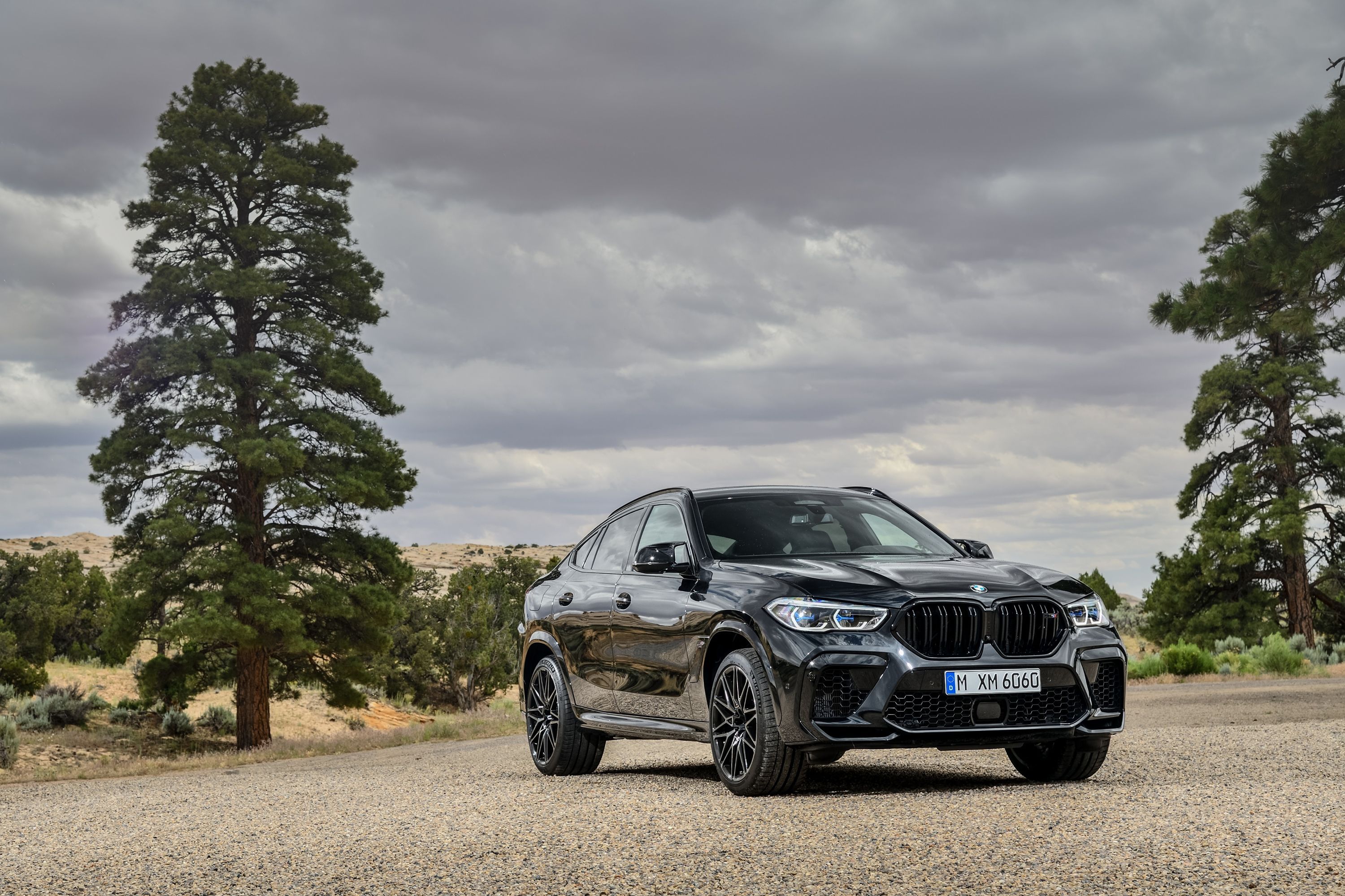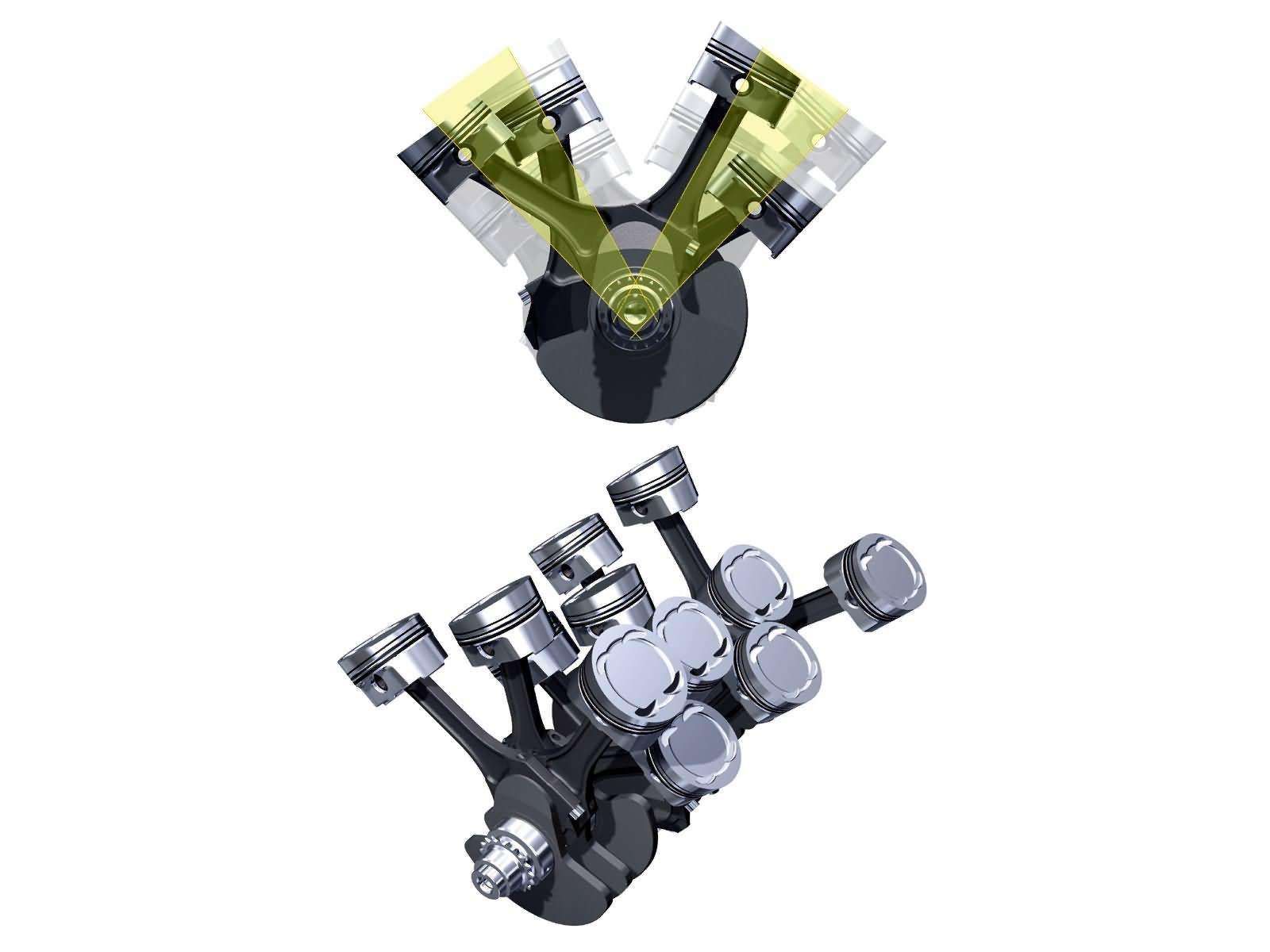
The modern internal combustion engine is nearing its 150th birthday, and in that great period, we have seen many engine configurations come and go. The construction of engines has drastically improved, and with it, we have enjoyed increased efficiency and power. The list of engine configurations is a long one and includes the inline engine and the boxer, or flat engine, but one of the best known and best-loved solutions to stacking a bunch of cylinders remains the V-type engine. V-engine cars have captured the hearts and minds of many over the decades, especially V12- and V10-engined cars. Vehicles fitted with this type of motor are known for producing smooth and reliable power, and it remains a popular powertrain choice in many well-loved cars across the US. In this piece, we'll be discussing the advantages and disadvantages of the V-engine and how this type of motor actually works.
How Does a V Engine Work?
Understanding the structure of this specific type of engine is key to answering the core question, how does a V engine work? So let's take a look at what it actually is. V motors place their pistons in a "V" shape, hence the name; such engines usually place the pistons in a range between 60 degrees and 90 degrees. The V-shaped engine orientation is commonly presented in at least a V4 format, although V2 engines can be found in motorcycles. Odd numbers are also welcome, with the most common being the V5 motor.
V engines are adored for their low-end torque and smoothness of operation, and the V12 engine, for example, not only delivers good horsepower figures but offers perfect primary and secondary balance. While the pistons in a V-engine usually sit between 60 degrees and 90 degrees, some engines, such as Ferrari V12 units, use a V-angle of 180 degrees, while the Volkswagen VR6 engine uses as little as 10 degrees and a single cylinder head for both banks of pistons.
In a V-engine car, two cylinders from opposing banks usually share a crankpin, but articulated connecting rods and individual crankpins have also been used with success. Possibly the most significant selling point of V engines is their compact nature when compared to inline engines, and the sweet sound they give off - have you ever heard a V10 sports car at full tilt? Heaven for the true gearhead.
Advantages and Disadvantages of a V-Type Engine
As with any other motor, the V-engine has its pros and cons. While engines like the V8 have proven their reliability, there are some negative factors to consider:
Popular V-engine Layouts
- The Humble V6 - The V6 engine is the most common engine layout for six-cylinder engines. Due to their short length, V6 engines are a good upgrade for smaller engine bays where inline-four engines usually fit. Unfortunately, V6 engines are not as balanced as their inline-six counterparts and thus not as smooth to operate. Famous V6 engines include Nissan's performance offerings, the VQ35HR, and the twin-turbo VR38DETT. From Germany, the Audi CAKA. From Italy, the Alfa Busso, and from the US, the lesser-known General Motors LF4.
- American Muscle: V8 - The V8 has to be one of the most well-known and loved engine layouts of all time and conjures up images of hot rods, muscle cars, and rapid European GT cars. The V8 engine features four cylinders on each bank and was first produced back in 1904 for use in aircraft. Most V8 engines use a V-angle of 90 degrees and a cross-plane crankshaft. The V8 engine has been used in both the automotive industry, airplanes, and boats due to its strong performance and reliability. Famous V8 engines include the Chevrolet small-block, the McLaren 4.0-liter M840T twin-turbo V8, the classic Ford flathead, and the M159 6.2-liter used in the Mercedes-AMG SLS.
- Formula 1's Favorite: V10 - The V10 engine is a much less common configuration, with the first road-going version making its appearance in the 1991 Dodge Viper. Because of its uneven number of cylinders on either bank, the V10 engine does not have perfect balance and thus requires balance shafts to reduce vibrations. V10 engines have enjoyed widespread use in Formula One racing and are still considered the trademark sound of F1. Famous V10 engines include the 5.7 L 980/01 V10 found in the Porsche Carrera GT, the 5.2 V10 FSI engine found in the Lamborghini Gallardo and Audi R8, and finally, the Phase VX Dodge V10 engine used in the Viper.
- The Supercar Staple: V12 - These engines hold a special place in the hearts of motoring enthusiasts worldwide and enjoy great success in the boating and locomotive industry. V12 engines are revered for their balance and smoothness of operation. Four-stroke V12 engines require a V-angle of 60 degrees to be perfectly balanced. At any given time, three cylinders are in their power stroke, which eliminates any pauses in the engine;'s power pulses. This engine configuration is most famously used in Italian supercars such as the Ferrari 250 GTO or the magnificent F140 V12 used in the LaFerrari and Enzo.

